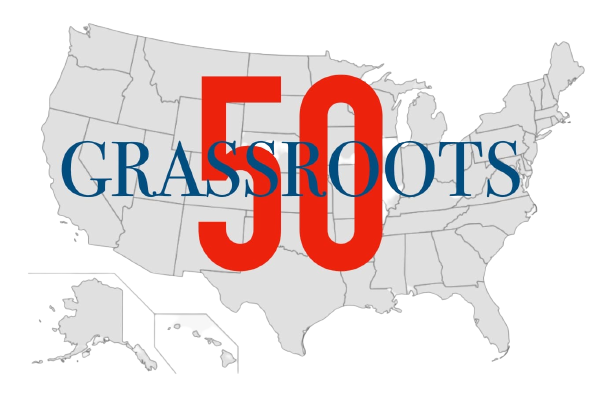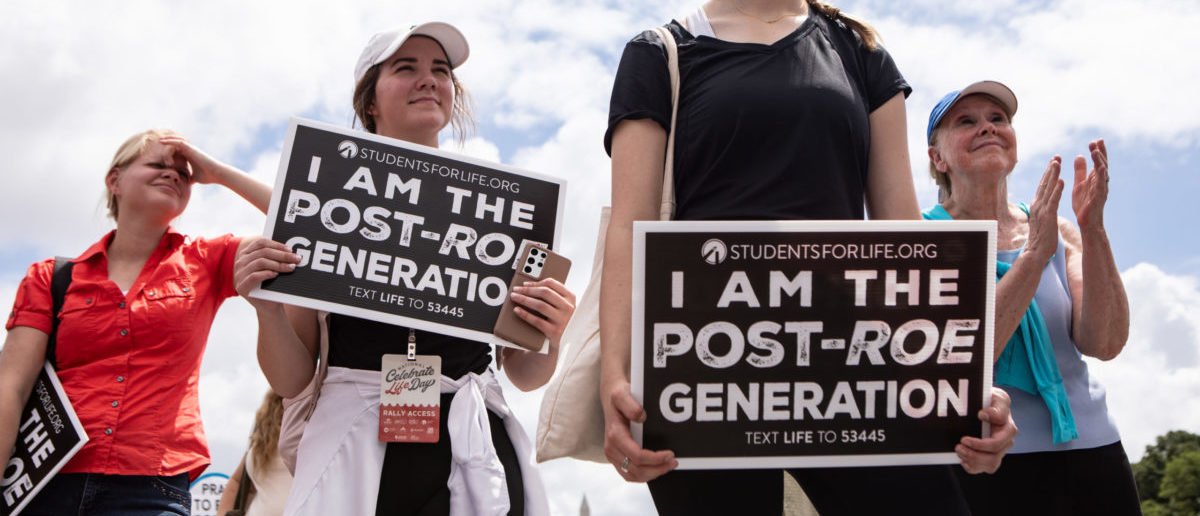Beginning on July 4, the National Weather Service issued an extreme heat warning for Maricopa, Coconino and Pima counties.
A heat wave warning will be in effect for Maricopa County from 10 a.m. on Independence Day until 8 p.m. on July 8. Afternoon temperatures are expected to reach 110 to 116 degrees Fahrenheit, according to the weather service.
The extreme heat warning for the lower Grand Canyon will go into effect around 11:30 a.m. July 4 and will end at 8 p.m. July 9. Temperatures in the area are expected to range from 107 to 114 degrees.
Coconino County also issued a heat warning for Lake Powell near Page, Marble and Glen Valley from 11 a.m. July 4 to 8 p.m. July 8. Temperatures in the area are expected to reach 105 to 112 degrees.
A heat warning will be in effect for south-central Pinal County, the Tohono O'odham Tribal Reservation, the Tucson metropolitan area and western Pima County from 11 a.m. on July 5 to 8 p.m. on July 6. Areas west of Tucson will be the hottest, with temperatures expected to range between 109 and 114 degrees Fahrenheit, according to the weather service.
For the latest warnings and alerts, Weather forecast page.
The Southwest has gotten significantly hotter over the past decade, according to federal climate data. The region has experienced the most significant warming in the nation over that period, and federal meteorologists say the increases clearly reflect the effects of global warming.
In Phoenix and the surrounding area, developed areas are much hotter than the surrounding desert due to the urban “heat island” effect, where exposed asphalt, concrete, and roofs absorb the sun's heat, causing temperatures to rise.
People who know:What is the difference between heat stroke, heat exhaustion, and dehydration?
Hot weather tips
The Arizona Department of Health Services offers tips on preventing heatstroke.
- Drink water: If you're indoors all day, drink at least 2 liters of water per day. Anyone who spends time outdoors should drink 1-2 liters of water for every hour they're outdoors.
- Heat protection: Wear light, light-colored clothing. Always use sunscreen on exposed skin. Wear a hat or use an umbrella when outdoors.
- Eat small, frequent meals: Avoid high protein foods that increase metabolic heat.
- Monitor people at risk: Check friends, family and others for signs of heat exhaustion or heat stroke.
- Slow down: Only do vigorous exercise during the coolest hours of the day, between 4am and 7am
- Please stay indoors.
- Get a break: If you are exercising outdoors on a hot day, take breaks in a cool place.
This story was produced by The Arizona Republic and the USA TODAY Network using data released by the National Weather Service. Edited by staff.
















